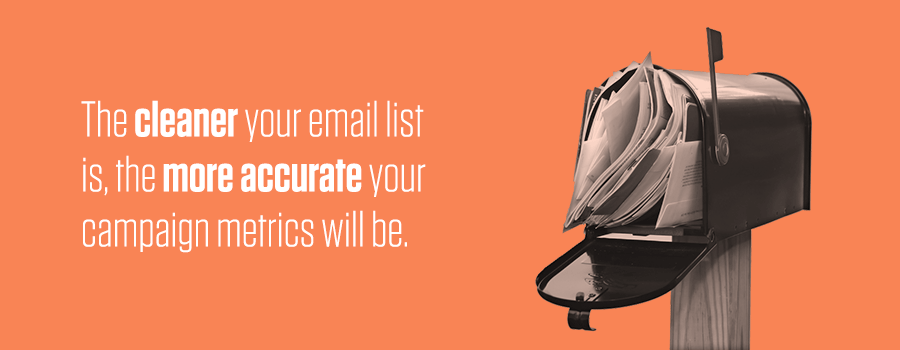
What Is The Difference Between A Soft And A Hard Bounce?
In email marketing, the metrics you hear most often are “open rate,” “click rate” and “unsubscribe” — but what about “bounces”? Although this metric does not give you an analysis of your actual campaign, it does give you an analysis of your list quality, which inadvertently affects your leads and campaign metrics. On top of that, did you know there are two types of bounces? Here’s the inside scoop.
A soft bounce is an email that was not delivered for a variety of reasons. The possibilities are endless, but some potential key reasons are:
- The recipient’s spam filter thought your email was spam.
- The recipient’s inbox was full.
- The recipient’s server only accepts senders who have been added to its whitelist.
Unlike soft bounces, hard bounces are crystal clear — the email address does not exist. The recipients may no longer be with that company, they simply changed their email address, or — as often times is the case — there was a typo in the email address (therefore it could not be delivered).

A good Email Service Provider (ESP) will help manage your bounces. At Straight North, we have hard bounces removed from our list automatically, and soft bounces are removed after three failed attempts. The reason: the cleaner your email list is, the more accurate your campaign metrics will be.
You’re likely wondering, “OK, so aside from creating boring database management homework, how does this directly affect my campaigns?” Quite simply, you could be missing access to inboxes — and leads — from simple list management problems that could easily be avoided. Here are the two largest opportunities I recommend to clients:
- Check your database for typos!
- You can export your hard bounce list, search for typos, correct them and re-import corrected emails.
- Upon loading a new list, I often export the email addresses that were flagged as invalid. I share those with the clients, allowing them to clean up their databases.
- Auto-reply messages: This is usually an overlooked opportunity. If you read these closely, when recipients leave a company, the auto-reply message usually provides their new email address or a new point of contact at that company. Take this insider information and update your database as you go. It takes only 10 minutes, and saves you hours of updates (that may not be accurate) later.
By making a habit of these two simple steps, you save yourself hours of work in the long run, and you maximize the power of your database. Don’t lose leads because of a sloppy list — look at your bounce rate, assess your list and invest the time to clean it up!




